http://debashishbanerji.com/videos/consciousness/existential-posthumanism-wisdom-yoga-postcolonialism/ I woke up early – one of the perks of camping – and hit the road immediately. I wanted to visit Great Smoky Mountains National Park. I was wary of paying in order to get my nature-fix, but I figured that the National Park designation meant that I would see real, undisturbed forest. It was the right thing to do. Great Smoky Mountains National Park is one of the great sights of North America.
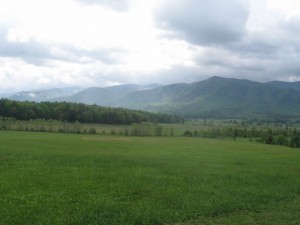
Zaječar Cades Cove, GSMNP.
It was easy to see how the mountains had gotten their name. Clouds shrouded everything, and the forest had a pervasively madid atmosphere: everything was damp and dripping and alive. It reminded me, quite stunningly, of Hawaii. And the botanical richness of the park is not to be discounted: it is legitimately one of the best floral habitats in the world, perhaps the best in all the temperate zone. More than 1500 vascular plant species have been recorded in the park, more than are indigenous to all Europe.
The first great sight for me was to see the magnolias in bloom – I nearly fainted at the sight of them, great Fraser magnolias that can be found almost nowhere else in the world (the park features all kind of unusual magnolias: Ashe, Fraser, Bigleaf (with leaves three feet long!), Umbrella, others I don’t know, as well as the pedestrian grandifloras and acuminatas).
As it so happened, I got out of my car to ask information of a park ranger who happened to be the man responsible for gathering and compiling all the park’s information about wildflower blooms. His name is Tom Harrington, and his updates can be found here. He directed me to a trail called Little Greenbrier, where I could see the flame azalea in bloom, a plant I had never seen. They were astonishing – like tongues of flame in the middle of the forest, as bright and showy as any blossoms can be. I could not have timed my arrival any better. In addition to them, I saw dozens more plants flowering in their proper native environments: Carolina Allspice, Virginia Sweetspire, trilliums, ladyslipper orchids, magnolias, Indian pinks, dogwoods, black cherry, drooping leucothoe, and dozens of others not in bloom, maidenhair ferns and giant rhododendrons and the like. The mountain laurel was just starting. I was one week ahead of mountain laurel season. Very well. I’ll see it in the Catskills.
There really is no comparison between your average Eastern forest – disturbed, deer-blighted, repeatedly logged, and glaciated not that long ago to boot – with forest like this. The ranger noted to me that within the park boundaries are climate zones that resemble Georgia, and others that resemble Canada, due to the change in elevation. You could probably learn about almost all Eastern-North-American flora in this one park. The only problem with it is that you want to visit it as I did, on a May weekday. It is the most-visited National Park in North America, by a wide margin.
From there I went to the place that was “voted the best pizza in Sevier County,” Tennessee – Pizza Hut. I ate quickly – I had spent the whole day in the park, until 4 p.m. – and I had 350 miles to go to make it to Charlottesville. Virginia is a surprisingly large state! I pulled in around 11 p.m., with the truck still running, in a state of pure bliss.
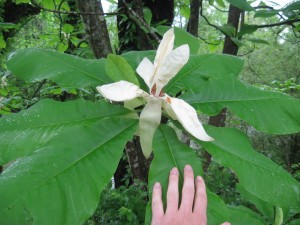
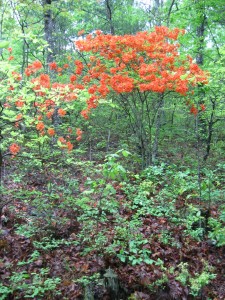
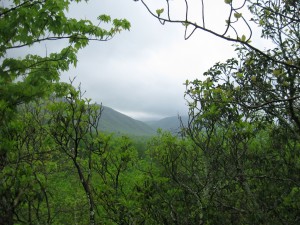
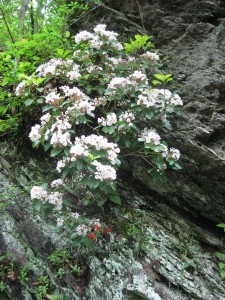
Post a Comment